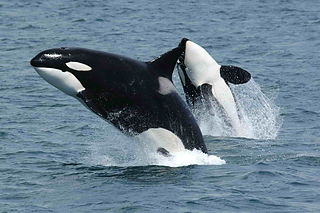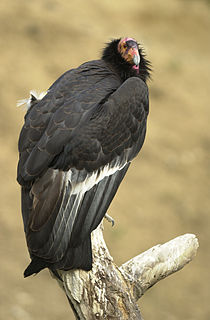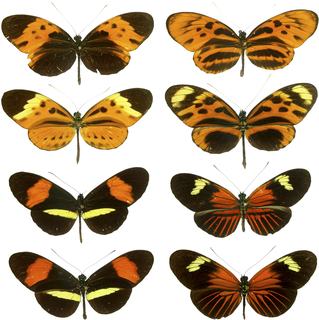 W
WThe suffix -bacter is in microbiology for many genera and is intended to mean "bacteria".
 W
WIn taxonomy, binomial nomenclature, also called binominal nomenclature or binary nomenclature, is a formal system of naming species of living things by giving each a name composed of two parts, both of which use Latin grammatical forms, although they can be based on words from other languages. Such a name is called a binomial name, a binomen, binominal name or a scientific name; more informally it is also called a Latin name.
 W
WIn the biological nomenclature codes, an anagram can be used to name a new taxon.
 W
WThe HUGO Gene Nomenclature Committee (HGNC) is a committee of the Human Genome Organisation (HUGO) that sets the standards for human gene nomenclature. The HGNC approves a unique and meaningful name for every known human gene, based on a query of experts. In addition to the name, which is usually 1 to 10 words long, the HGNC also assigns a symbol to every gene. As with an SI symbol, a gene symbol is like an abbreviation but is more than that, being a second unique name that can stand on its own just as much as substitute for the longer name. It may not necessarily "stand for" the initials of the name, although many gene symbols do reflect that origin.
 W
WIncertae sedis or problematica is a term used for a taxonomic group where its broader relationships are unknown or undefined. Alternatively, such groups are frequently referred to as "enigmatic taxa". In the system of open nomenclature, uncertainty at specific taxonomic levels is indicated by incertae familiae, incerti subordinis, incerti ordinis and similar terms.
 W
WLinnaean taxonomy can mean either of two related concepts:the particular form of biological classification (taxonomy) set up by Carl Linnaeus, as set forth in his Systema Naturae (1735) and subsequent works. In the taxonomy of Linnaeus there are three kingdoms, divided into classes, and they, in turn, into orders, genera, and species, with an additional rank lower than species. a term for rank-based classification of organisms, in general. That is, taxonomy in the traditional sense of the word: rank-based scientific classification. This term is especially used as opposed to cladistic systematics, which groups organisms into clades. It is attributed to Linnaeus, although he neither invented the concept of ranked classification nor gave it its present form. In fact, it does not have an exact present form, as "Linnaean taxonomy" as such does not really exist: it is a collective (abstracting) term for what actually are several separate fields, which use similar approaches.
 W
WNew Biological Nomenclature (N.B.N.) is a system for naming the species and other taxa of animals, plants etc. in a way that differs from the traditional nomenclatures of the past, as defined by its founder Wim De Smet, a Flemish zoologist. This project arose and developed between 1970 and 2005 (approximately), which coincided with the existence of a supporting organization, the Association for the Introduction of New Biological Nomenclature (AINBN). The system rests on 57 plainly formulated rules and uses terms from the language Esperanto, sometimes with the addition of neologisms with an Esperanto structure. However, N.B.N. does not simply involve translation into Esperanto of names of animals and plants. It is an entirely new scientific system, intended to give rational names to all taxa of the biota. After 1994 a formula consisting of letters and numerals was added to each N.B.N. name. This improves the possibilities for efficient (computer) use of the system.
 W
WIn biology, a species complex is a group of closely related organisms that are so similar in appearance that the boundaries between them are often unclear. Terms that are sometimes used synonymously but have more precise meanings are cryptic species for two or more species hidden under one species name, sibling species for two cryptic species that are each other's closest relative, and species flock for a group of closely related species that live in the same habitat. As informal taxonomic ranks, species group, species aggregate, macrospecies, and superspecies are also in use.
 W
WIn biology, taxonomy is the scientific study of naming, defining (circumscribing) and classifying groups of biological organisms based on shared characteristics. Organisms are grouped into taxa and these groups are given a taxonomic rank; groups of a given rank can be aggregated to form a more inclusive group of higher rank, thus creating a taxonomic hierarchy. The principal ranks in modern use are domain, kingdom, phylum, class, order, family, genus, and species. The Swedish botanist Carl Linnaeus is regarded as the founder of the current system of taxonomy, as he developed a ranked system known as Linnaean taxonomy for categorizing organisms and binominal nomenclature for naming organisms.